If Google is showing you this page directly, click here to go to the start of the review.
Sound
Over the last couple of months, the R3 Meta sat in my stereo HiFi chain, being powered by two M700 mono blocks from PS Audio. The primary DAC was my Chord Hugo TT2, but I also used my Eversolo DMP-A8 and Matrix Audio Element M2. The Power amplifiers are fed by my PS Audio Stellar Gain Cell DAC as pre-amplifier. AudioQuest’s Black Beauty cables were used as interconnects. My entire gear has been powered by the Niagara 1200. A self-built Roon ROCK server was my main source of music.
The R3 Meta is a wonderfully balanced and dynamic sounding monitor, that excels at imaging and resolution. It has a powerful and fast bass, detailed and smooth mids and crisp and very extended treble.
Bass on the R3 Meta is tight, exemplary controlled and fun. The R3 Meta delivers excellent levels of weight and grunt when needed. It is not a bass heavy monitor by any definition, but when called upon, it surely delivers the needed authority and thunder. In my opinion, it also doesn’t necessarily need a subwoofer.
The KEFs manage to deliver a bass that is organic, rich and precise. They reach deep into the sub-bass with excellent layering and texture throughout. At one time, when I was still auditioning the borrowed pair from my dealer, I had my floor shake a little when listening to Aphex Twin’s Syro. What I want to say is, the R3 Meta deliver plenty of lows when you ask them to.
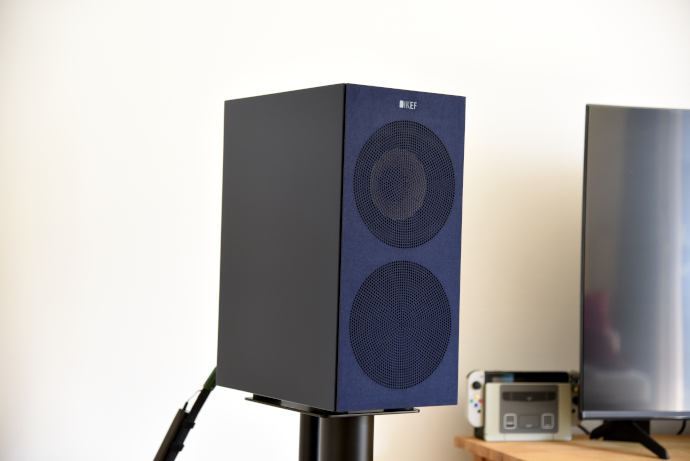
In the mids, the KEF sounds open and airy. However, they never leave the impression of missing body or soul. The midrange has good richness and detailing across the board. Lower mids could probably do with an extra dose of presence, making them a little heavier on the tone, which would give deeper male vocals a heftier sound.
Instruments and singers sound clear and clean on the R3 Meta. The superb transparency gives them a splendid grand appearance. Its high level of detailing brings out fine textures in the midrange, where you can hear distinct string-plucks and vocal depth. The R3 Meta presents its midrange with a holographic appearance, where especially singers sound big and loaded with emotion.
The KEF R3 Meta truly shines when it comes to technical abilities in my opinion. It has outstanding resolution and texture. It delivers a wide, deep and tall soundscape, creating a large room type venue. Especially the size of vocals and how big they sound was what struck me the most with the R3 Meta. It doesn’t stop at the stage size though, as the KEF offers pinpoint imaging accuracy and precision. The R3 Meta places each musician with utmost care in the room, while providing plenty of air around them.
During complex structures and information overloaded scenes, the KEF R3 Meta held its stability and grip. It delivers a sound that doesn’t break a sweat even when things turn hectic. It renders each image with perfection and makes sure to always give you the most of it. The KEF has beautiful background darkness and near perfect contrast. It delivers outstanding imaging sharpness and perfected contours.
Treble on the R3 Meta is fast, agile and precise. It is well pronounced and offers superb extension into the highest registers, enabling it to provide excellent air. Its slightly forward tuning might prove a little conflicting for some though. Especially when the speaker is pointing directly to the listening position. If you face the speakers slightly out, crossing at a point just a tad behind you, this could potentially be solved, making the treble a touch softer.
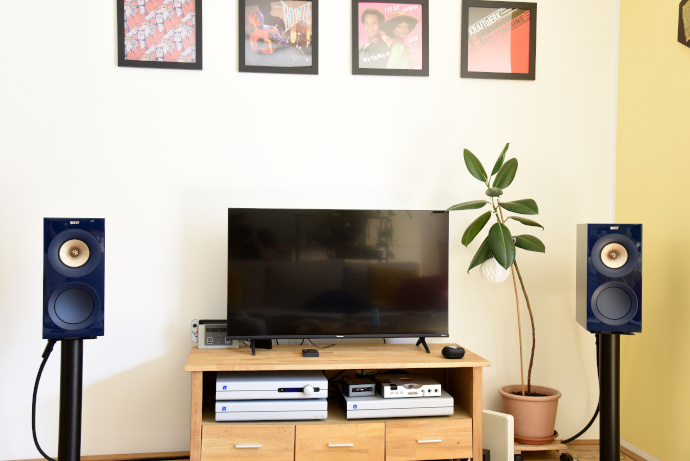
Comparisons
The market for bookshelf speakers is quite occupied by several different brands. Especially the price bracket below $2,500 USD is very popular. We have seen many speakers being launched in the last couple of months. Unfortunately, my inventory of speakers is still rather small, but I am doing my best to offer you some side-by-side comparisons for better understanding.
First, I want to compare the R3 Meta to another one of KEF’s most popular speakers – the LS50 (non-Meta). As I mentioned above, the LS50 has served me incredibly well for five years.
I will also compare them to the newly released Rubikore 2 by DALI. Which we also reviewed just a few weeks ago.
KEF – LS50
Both KEFs deliver the beautiful house-sound their speakers are known for. Transparent and highly detailed mids, with extension to die for. Though the R3 Meta stands above and beyond the LS50 in almost every regard for me.
The R3 Meta has better extension into the low ends with a bigger emphasis on mid-bass. It delivers a heavier and more dynamic sounding bass, that shakes you up if you want to. The LS50 is noticeably calmer. I wouldn’t describe the LS50’s bass as weak, even if it can come across as such, depending on your listening position. The LS50 is very selective when it comes to that. In my opinion, the LS50 has a very precise bass response, that requires optimal seating.
The R3 Meta has a grander appearance throughout the midrange, making vocals fill the room with emotional presence. The LS50 is more about precision here. It is lighter in tone, and more two-dimensional in appearance. Its midrange is filled with transparency and resolution. The LS50s offer a great view on details, but the R3 Meta goes a step further. Offering an even more precise image, while giving the notes more body and weight. Though the R3 Meta is not a heavy or full sounding monitor by any means, it still produces a natural and life-like presentation.
Treble on the LS50 sounds a bit more forward, due to the missing bass balancing it out. The R3 Meta has a crisper and richer treble tuning, where sharpness is not as edgy as on the LS50’s. You can tame the highs on both monitors, by turning them slightly outward. But you will lose some of the optimal seating needed for the LS50’s lows.
In terms of technicalities, the R3 Meta is the clear winner in every regard. It creates a larger scale venue, stretching wider and especially higher. It makes music appear more holographic than the LS50, who creates a narrower picture. The R3 Meta has better imaging capabilities, by enabling you to pin-point each musician in the created room. It also offers better layering and texture throughout.
All in all, the R3 Meta is a more proficient and fun sounding monitor than the LS50. However, in my opinion, the LS50 is an excellent monitor for the price. Even more so, if you can score one second-hand.
More comparisons on page three!







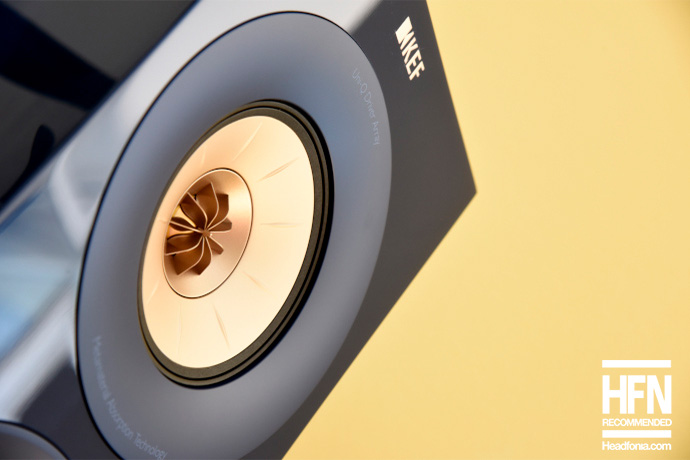
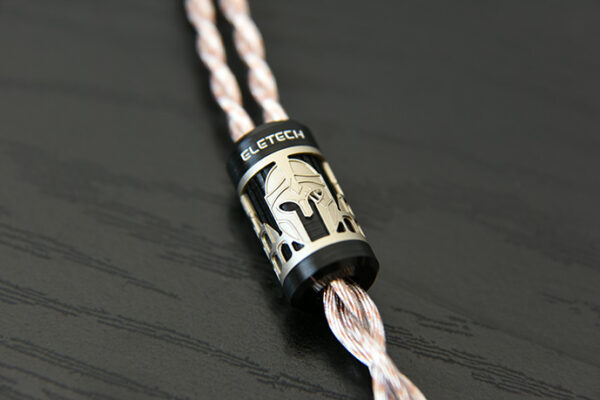
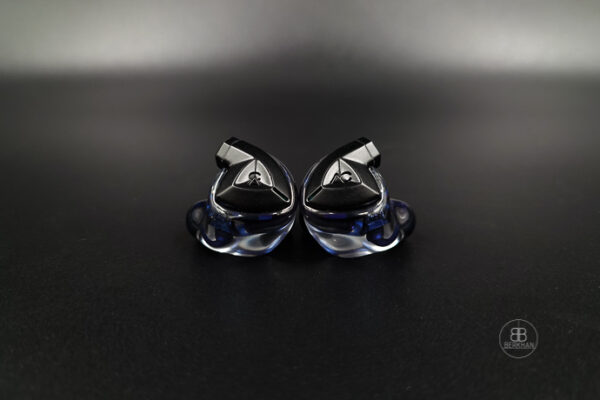
G Metcalfe
“This plate absorbs 99% of unwanted frequencies from behind of the Uni-Q drivers, resulting in a clearer high frequency sound.”
To be clear, the device absords back radiation from the tweeter only, not the uni-Q array as a whole.
At any rate, I own two pairs of R3s, configured in a stereo line array, which are underpinned by a pair of Martin Logan powered subs and in my office rig I have one pair of LS50 Meta, all of which are quite excellent products.
Felix
You are absolutely right, this was not 100% accurate on my part. Mea culpa!
I edited the section. Thanks for pointing it out!
Glad you enjoy the R3s and all your other audio gear. That’s what this is all about. 🙂